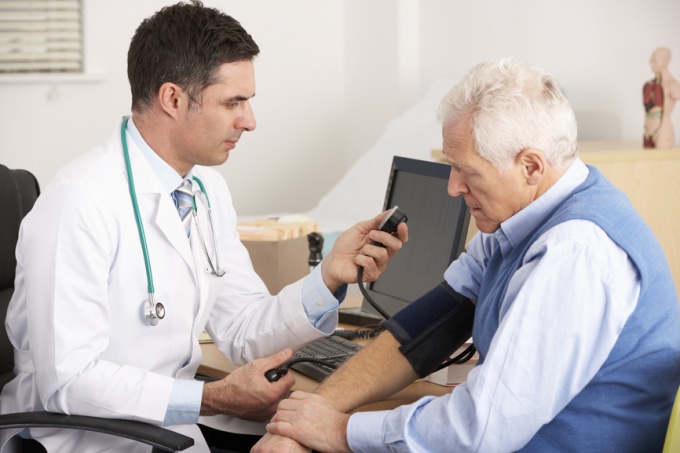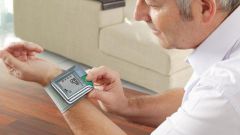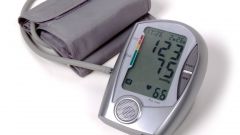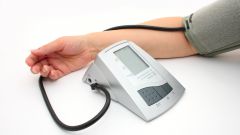Types of blood pressure monitors
Science does not stand still, you can find a variety of models to measure blood pressure, like mercury, mechanical and automatic, not requiring patient's active participation in the dimension. Modern Priory allow you to accurately measure pressure.
Mercurial sphygmomanometers
The classic blood pressure monitors that allow you to measure pressure accurately. They are perfect for blood pressure control when required high measurement accuracy, but in everyday life to use them is problematic. Basically, these devices can be found in the office of a cardiologist.
Mechanical sphygmomanometers
The most common and accurate mechanical sphygmomanometers. They are safe, in contrast to the mercury sphygmomanometers, easy to use and fairly accurate compared with automatic devices. Their use will require the patient certain skills, the choice should pay attention to:
- the quality of the fastening of the cuff;
- a built-in stethoscope;
- the metal bracket on the cuff;
- description of the model;
- the quality of the fabric, which is made from the cuff;
- the strength of the fastenings of the tubes of the stethoscope and the cylinder to discharge pressure.
Longer copper-beryllium membrane in the measuring mechanism. Such blood pressure monitors are much more expensive, but last much, much longer without distorting the testimony of the measurements, allowing to measure the pressure accurately. Cheap models do not guarantee the accuracy of the readings and fail much faster. Remember that a good monitor can't be cheap.
Automatic blood pressure monitors
These blood pressure monitors – is the most convenient for self-measurement of pressure, they automatiseret process, allowing also to save the measurement results. The disadvantages include lack of accuracy and certain rules that must be followed by the patient during the measurement.
Choosing automatic blood pressure monitor, it is better to choose the machine with shoulder cuff, they are more accurate than devices that measure pressure at the wrist, and those devices which measure the pressure on the finger, generally can not guarantee the correct result, so it is better not to buy. There are models, which measures the rhythm and quality of pulse, when buying ask the pharmacist these parameters.
If the patient has poor eyesight, it is better to buy a blood pressure monitor with large LCD screen where are displayed all the measured values.
In addition, during the measurement need to follow the steps described in the application to the device, can not touch the cuff and tubing of the device during a pressure measurement, the patient himself and his hand must be in a certain position to measure the pressure correctly






